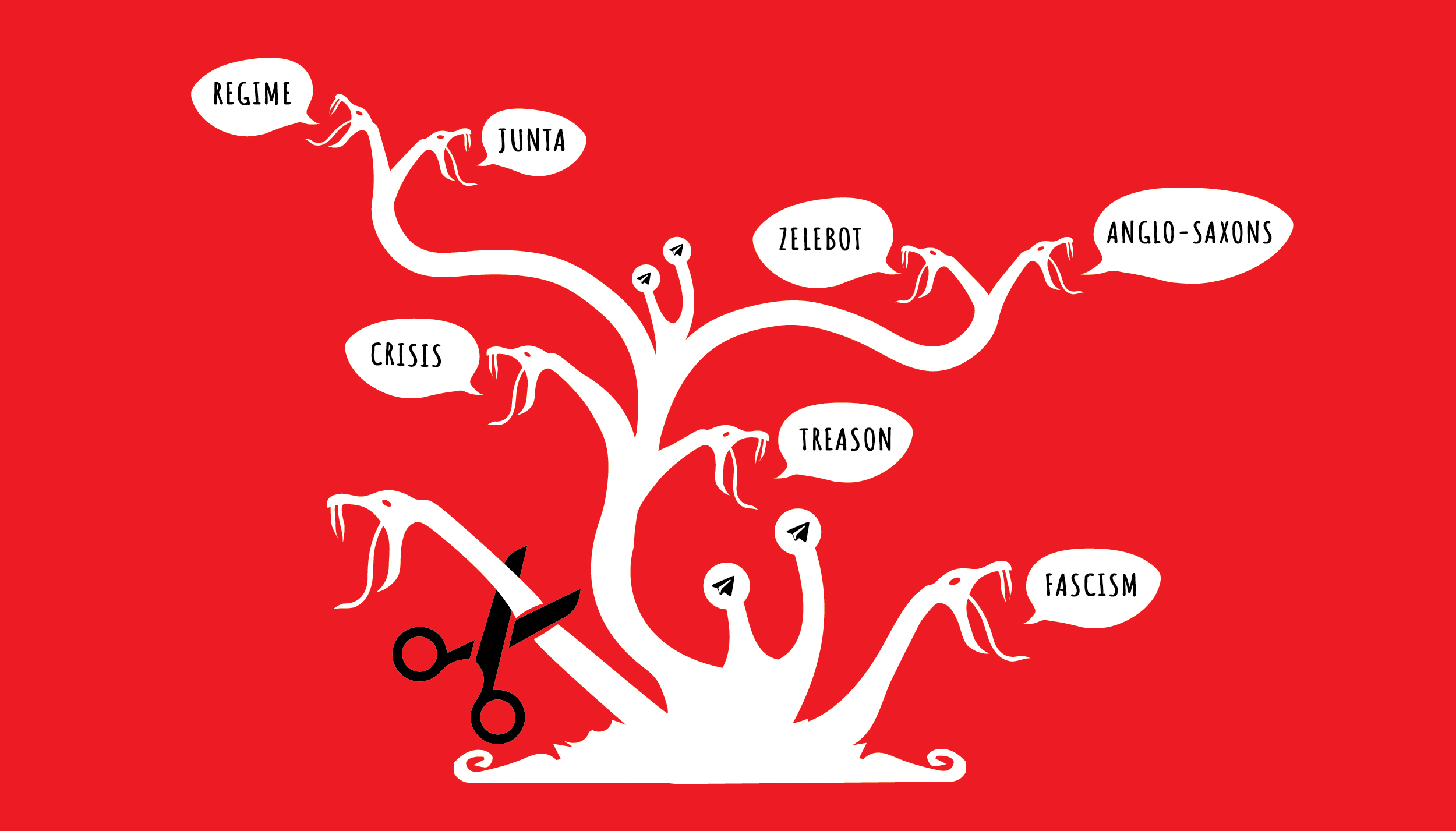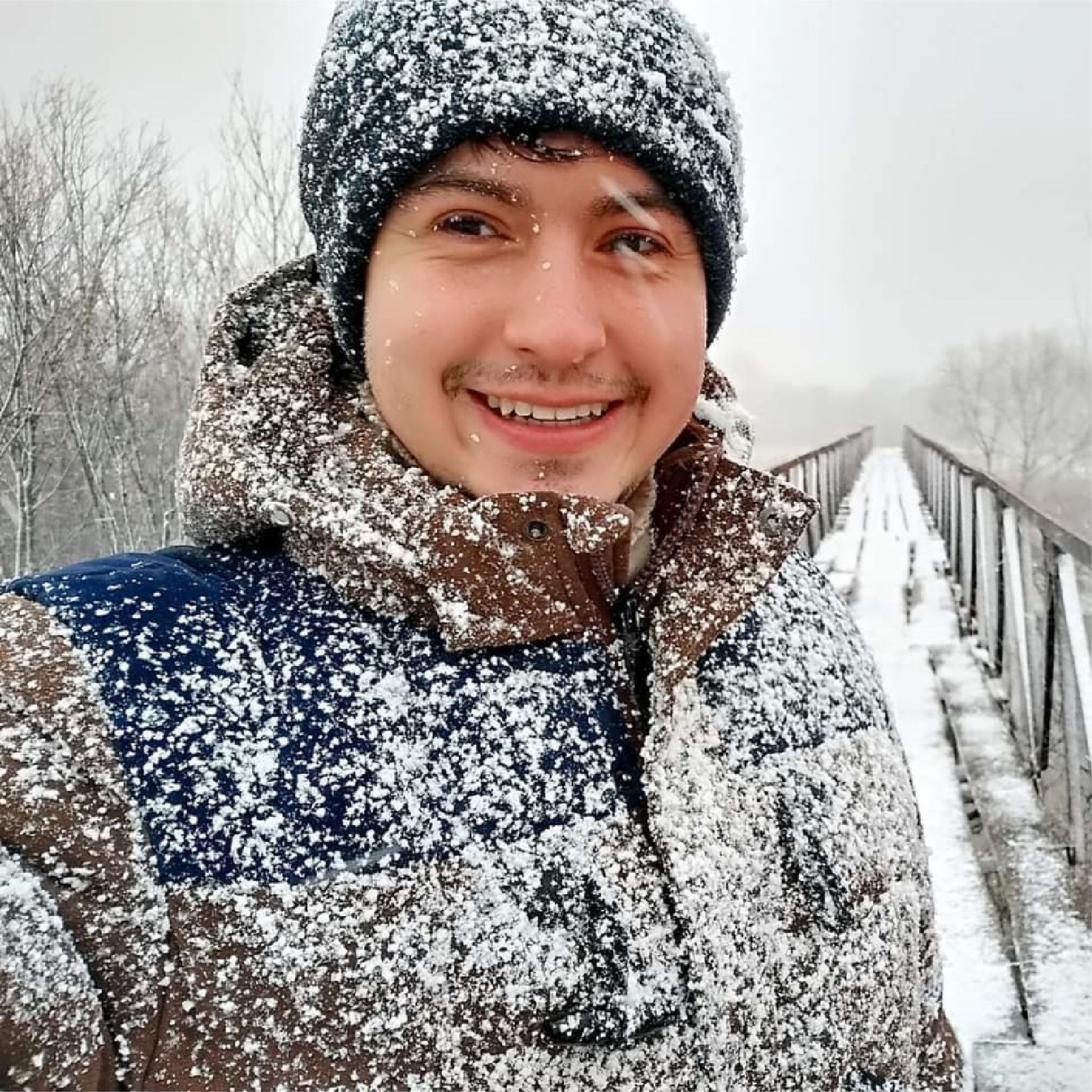Arm yourself with the skills to recognize disinformation and propaganda sources with these 5 guidelines from Detector Media, which has exposed more than 300 Telegram channels spreading Russian narratives
Detector Media studied 1,700 Telegram channels and identified features that can be used to demonstrate that a particular channel on Telegram is spreading messages favourable to Russia. This study expands the list of pro-Russian and occupation Telegram channels to more than 300. In this article, we share the algorithm of actions we used to work with Telegram channels. These simple steps will help you recognise Russian propagandists on Telegram and avoid falling for their messages.
According to Internews research, since Russia commenced its full-scale invasion of Ukraine, Ukrainians have been making drastic changes in their media consumption habits. Television has been overtaken by online media, and among these platforms, Telegram has become the most popular, surpassing its competitor Viber after the 24th of February.
This shift in media consumption habits brings with it certain risks. While in recent years it was almost always possible to find out who the owners of all Ukrainian TV channels were, the owners of Telegram channels remain largely anonymous, allowing them to promote messages and narratives that are beneficial to Russia and harmful to Ukraine, without taking responsibility for them.
From time to time, publications by government agencies, civic initiatives, and researchers describing new Telegram channels that spread pro-Russian discourse appear in the Ukrainian media. These studies contribute to a better understanding of how propaganda works on Telegram. For example, Detector Media has already told who the largest Telegram channels work for and what they write about, as well as how to distinguish Russian propagandists from Ukrainian bloggers. This time, we will help you understand whether the channel you are subscribed to on Telegram works for Russia.
To expose a propagandist in a Telegram, Detector Media advises paying attention to:
- Use of specific language
Russian propagandists often refer to the war against Ukraine as a ‘special operation’, the occupation of territories as ‘liberation’, the leadership of Ukraine as the ‘Kyiv regime’, the Ukrainian army as ‘Nazis’, and Ukrainians who do not support Russia as ‘Banderites’. There are dozens of words and phrases that propagandists use to describe reality. They are used so frequently that it is surprising that the developers of Telegram have not yet added them to spam filters and restricted their spread, as was done with disinformation about COVID-19.
The authors of Telegram channels also refer to their sources instead of publicly available ones. In such cases, they write impersonal constructions, such as ‘they say’, ‘there are rumours’, ‘there is an insider’. These words are meant to create respect for the expertise and connections of the authors, but instead, they suggest that the information is derived from an unreliable source. And, as experience shows, most of these ‘leaks’ concern the same thing – in our case, military events – and most often, the forecasts do not come true. For example, this was the case with Ukraine’s alleged accession to NATO, when on 30th September, immediately after President Zelenskyy signed an application for accession to NATO under the accelerated procedure (which does not automatically mean accession), propagandists on Telegram channels claimed that the matter was resolved and Ukraine was already in NATO. This was premature.
- Repeated messages and narratives
Pro-Russian Telegram channels do not always use the same words as the hosts of state Russian TV channels. However, the same essence can be conveyed using different words and examples that are embedded in larger messages and narratives. In particular, with regard to Ukraine, Russians most frequently spread around a dozen recurring narratives:
- Ukraine is not an independent state, but only a puppet in the hands of the 'West';
- Ukraine is losing economically and militarily in a direct conflict with Russia;
- Ukrainians welcome the Russian army;
- Nazis and corrupt officials have seized power in Ukraine;
- Neighbouring countries will soon invade western Ukraine;
- Russian crimes in Bucha (and other previously occupied towns and villages) are staged;
- Ukraine is using weapons against Russian civilians in the Russian border areas;
- Ukrainians steal and sell weapons provided by the West on the black market;
- Sanctions against Russia do not work.
These propaganda messages and narratives in different variations are constantly repeated. If you see them often on the Telegram channel you just subscribed to, you’re obviously being pulled under the influence of the Russian agenda.
- Posts that provoke emotions instead of informing
One tactic used by propagandists is to post information that provokes emotions rather than providing useful information. They may use pretexts such as rising prices or problems with electricity to promote their messages and narratives, attempting to evoke negative emotions in readers such as panic, hatred, anger, and distrust of their fellow citizens. For example, the Resident Telegram channel frequently promotes the idea that the Ukrainian government is corrupt and does not care about its citizens. Under the guise of news, these Telegram channels present manipulative messages designed to create a sense of isolation among Ukrainians, a feeling that authorities do not care about their problems. People feel powerless and despair when bombarded with such information.
- Similar look of the channels and reposts from channels in a network
Many channels on Telegram are organised into networks in order to reach a wider audience with their messages and narratives. For example, there are networks of occupation Telegram channels (created to influence the residents of occupied territories). These channels often have names like ‘Administration of... (city/district/region)’. Furthermore, many networks design their channels with the same picture as the main photo (profile picture) or with a common word in the name. For example, ‘Main events in Berdiansk’, ‘Main events in Enerhodar’, etc.
However, a network can be formed not only by Telegram channels run by the same people, because there are many bloggers in Telegram who create original content. Nevertheless, the topics that pro-Russian authors focus on are consistently repeated.
- Others have already proven the pro-Russian nature of the Telegram channel
It is a good idea to check the existing lists of Telegram channel networks created by the Center for Countering Disinformation, Center for Strategic Communications, etc., before trying to figure out whether this or that channel is really spreading pro-Russian messages.
Visualisations: Ira Riaboshtan and Oleksiy Pivtorak
The layout of the list of Telegram channels: Nataliya Liubach
This publication was produced with the financial support of the European Union. Its contents are the sole responsibility of the Detector media and do not necessarily reflect the views of the European Union.
This publication has been produced with the financial assistance of the European Union. Its contents are the sole responsibility of Detector Media and do not necessarily reflect the views of the European Union.



